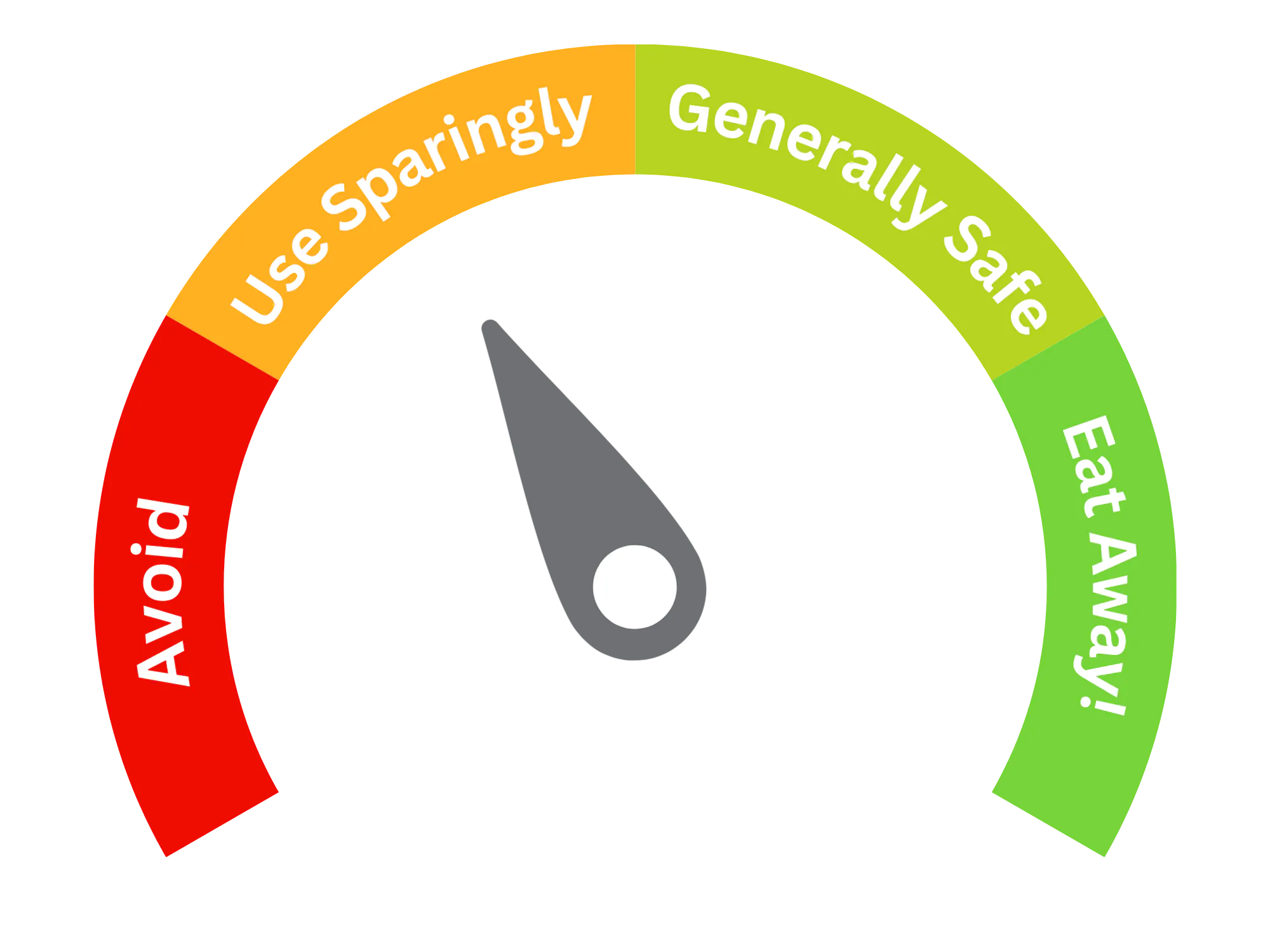Potassium Nitrate (E252)
| Type of additive (Glossary) | Preservatives |
| E Number | E252 |
| Chemical Formula | KNO3 |
| Also Known As | Saltpeter Saltpetre Nitrate of Potash |

Purpose and Function
Potassium Nitrate (E252) is used in the food industry primarily as a preservative and color fixative. It helps prevent the growth of harmful bacteria and maintains the color and flavor of cured meats. Common applications include:
- Cured meats: Used in products like ham, salami, corned beef, and certain sausages to extend shelf life and preserve the characteristic pink color.
- Cheese production: Occasionally used in cheese-making to inhibit the growth of unwanted bacteria.
- Pickling: In some traditional pickling recipes, potassium nitrate is used to preserve the quality of the pickles.
Potassium Nitrate (E252) itself is converted into potassium nitrite (E249) in cured meats, which then acts as the preservative to inhibit bacterial growth, especially Clostridium botulinum.
Potential Risks and Side Effects
Potassium Nitrate (E252) carries certain risks and safety considerations:
- Formation of nitrosamines: Similar to sodium nitrate (E251), potassium nitrate can convert to nitrites in the body, which may react with proteins to form nitrosamines, known carcinogens. This process is more likely when cured meats are cooked at high temperatures, such as frying.
- Regulatory limits: Due to potential health risks, the use of E252 is regulated. Many countries, including the European Union and the United States, have established maximum permissible levels in food products to minimize the risk of nitrosamine formation.
- Health considerations: Excessive consumption of nitrate-cured meats has been linked to an increased risk of certain cancers. It is advisable to limit the intake of processed meats containing potassium nitrate.
While Potassium Nitrate (E252) is effective in preserving cured meats, it is important to monitor its use within safe limits to reduce potential health risks.
